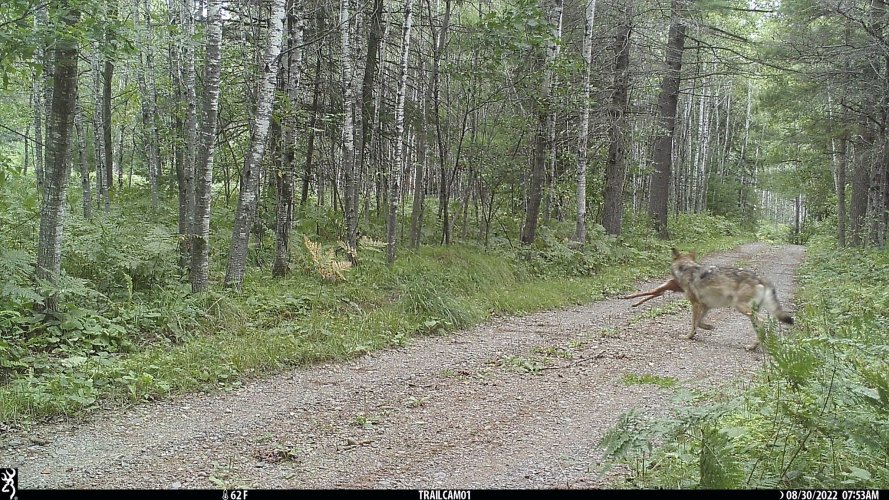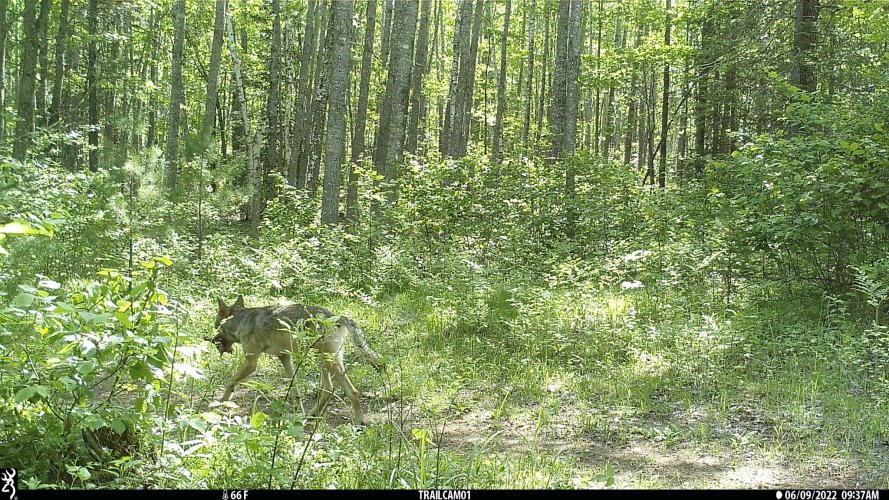T
tjones
Guest
To bad they didn’t reintroduce these wolves in Yellowstone instead of their monster Canadian cousins. Things would probably be a whole lot better.
And something other than Lobo Watch.Have some facts to back that up?














